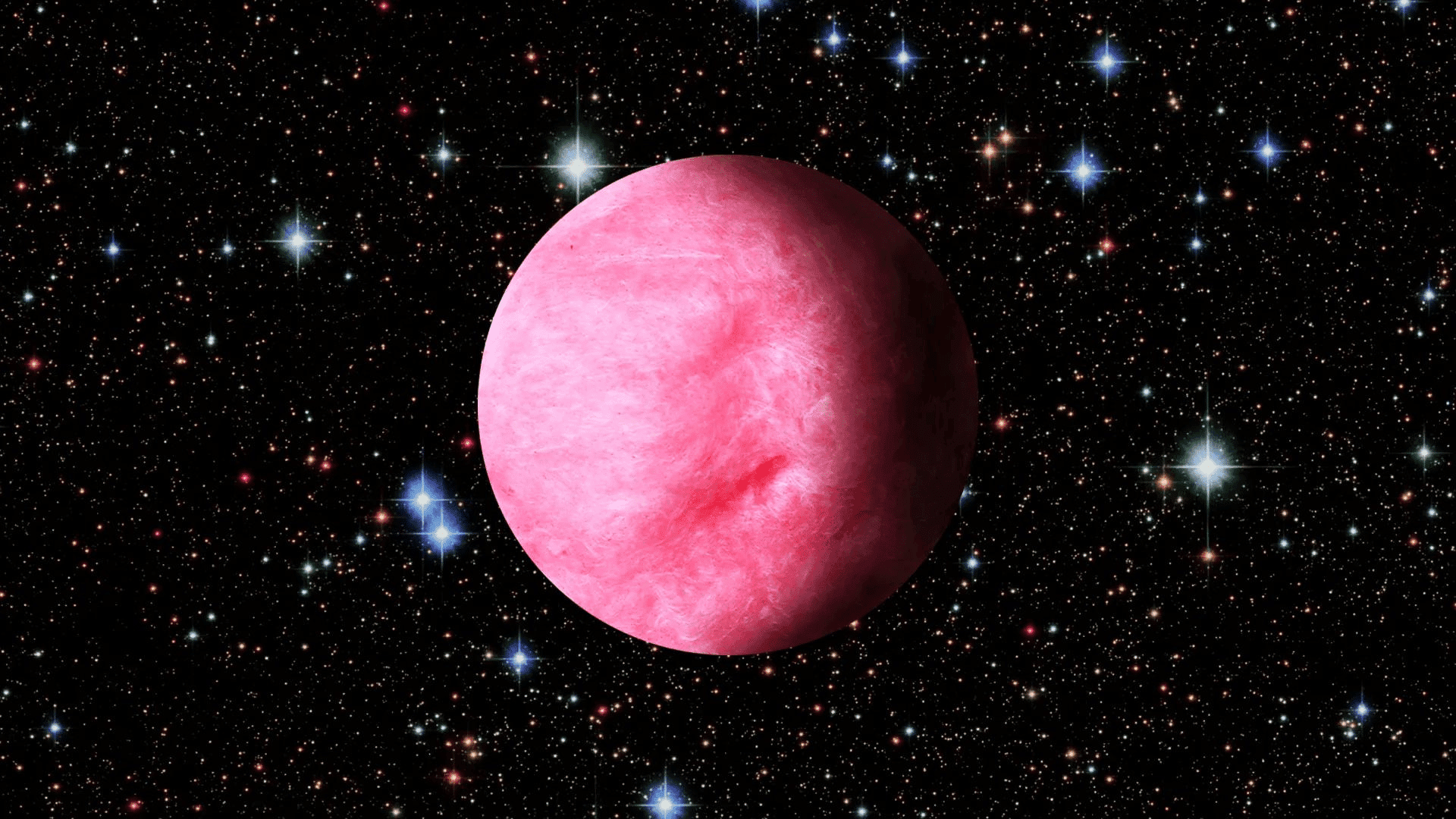Researchers discovered a large planet 1,200 light years away from Earth with a density comparable to cotton candy.

Located outside our solar system, the exoplanet is called WASP-193b and it’s 50% larger than Jupiter but seven times less massive because of its extremely low density.
According to scientists, the exoplanet’s extremely low density makes it an anomaly among the more than 5,000 exoplanets discovered to date. The only known planet less dense than WASP-193b is Kepler-51d, a Neptune-like planet discovered a decade ago.
Scientists use the term “Super-Puffs” to refer to the unique class of exoplanets with cotton candy-like density. In 2019, researchers announced the discovery of WASP-107b, another puffy exoplanet about the same size as Jupiter but only about one-tenth the mass.
WASP-193b was initially spotted by Wide Angle Search for Planets (WASP) in 2009 when the WASP-South observatory detected periodic dips in light called transits around the star WASP-193. These transits were consistent with a planet passing in front of a star, and astronomers measured the approximate amount of light the planet blocked to get an idea of its relative size.
In the new study, a team used observations from the TRAPPIST-South and SPECULOOS-South observatories in Chile to measure the WASP-193b signal in different wavelengths. They also used data collected by the CORALIE and HARPS spectrographs to measure the planet’s mass.
These measurements surprised researchers by concluding that WASP-193b had an extremely low density.
Explore Tomorrow's World from your inbox
Get the latest science, technology, and sustainability content delivered to your inbox.
I understand that by providing my email address, I agree to receive emails from Tomorrow's World Today. I understand that I may opt out of receiving such communications at any time.
The planet’s mass and size are about 0.14 and 1.5 times that of Jupiter, which means its density is about 0.059 grams per cubic centimeter. By comparison, cotton candy’s density is about 0.05 grams per cubic centimeter, and Earth’s is 5.51 grams per cubic centimeter.
“The planet is so light that it’s difficult to think of an analogous, solid-state material,” study co-author and Massachusetts Institute of Technology planetary scientist Julien de Wit said in a statement. “The reason why it’s close to cotton candy is because both are pretty much air. The planet is basically super fluffy.”
Early speculations suggest that WASP-193b, which orbits a star every 6.25 days, is likely made of helium and hydrogen. Researchers suggest that the gasses form a hugely inflated atmosphere, but how the planet can inflate so much remains a mystery.
“We don’t know where to put this planet in all the formation theories we have right now, because it’s an outlier of all of them,” Francisco Pozuelos, study author and astronomer at the Instituto de Astrofisica de Andalucia, said in a statement. “We cannot explain how this planet was formed.”
According to lead study author Khalid Barkaoui, the team hopes to measure atmospheric properties of the exoplanet using the James Webb Space Telescope.







